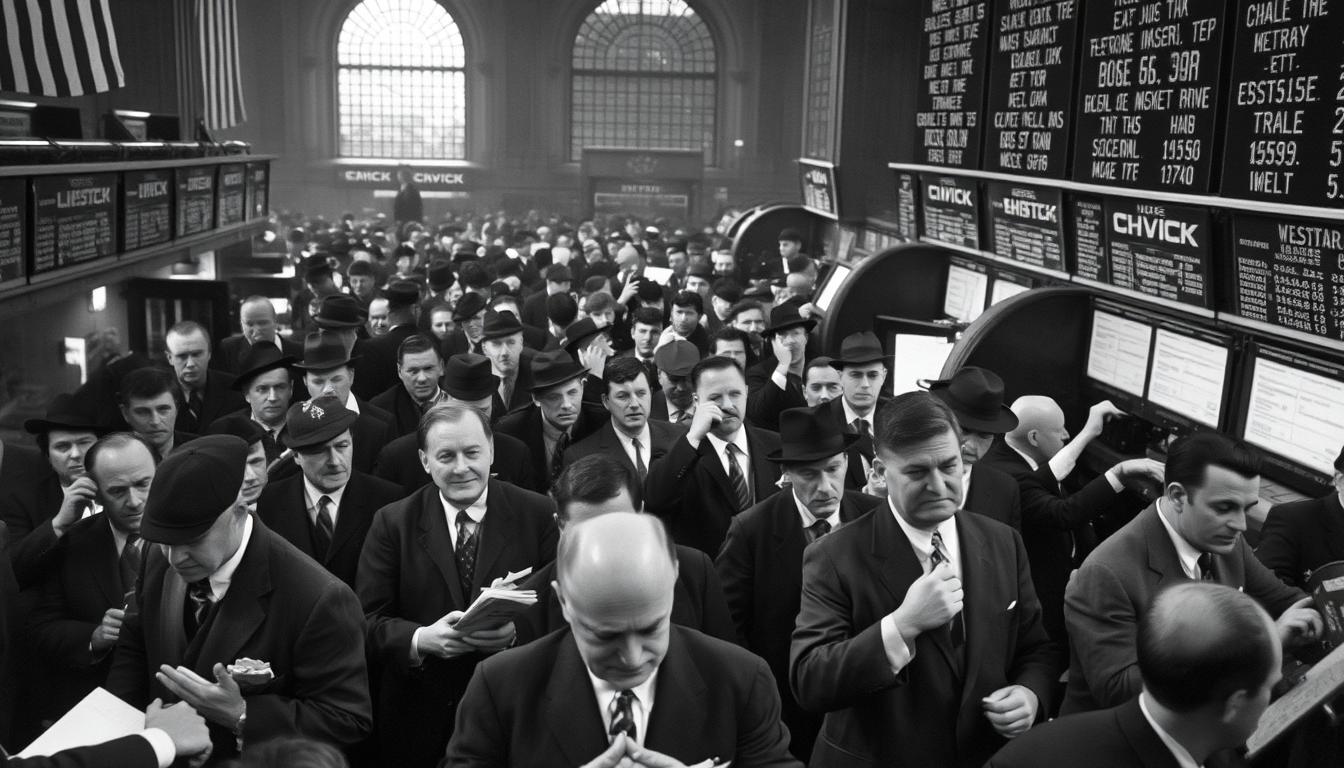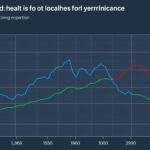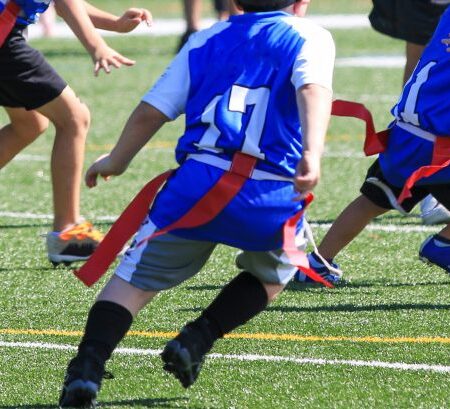Stock market crashes have changed bull markets into bears, causing huge losses and changing the economy. Knowing about these crashes is key for investors. It helps them prepare for market ups and downs.
The 1929 crash led to the Great Depression, while the 2020 crash was fast and severe. Each crash teaches us about market psychology and how to prepare. We’ll look at five major crashes, their causes, and how to protect your investments.
The Wall Street Crash of 1929: The Great Depression Trigger
Panic on the trading floor during Black Thursday, October 24, 1929, as the biggest stock market crash in American history began unfolding
The 1929 crash was the worst in U.S. history. It caused a long economic depression. The Dow Jones rose 600% in the “Roaring Twenties,” leading to a false sense of security.
Key Events and Statistics
- The crash began on “Black Thursday” (October 24, 1929) but accelerated on “Black Monday” and “Black Tuesday” (October 28-29)
- The Dow lost 25% of its value in just those two days
- By July 1932, the Dow had fallen 89% from its pre-crash high
- It took 25 years (until 1954) for the market to regain its pre-crash levels
- Approximately $30 billion in wealth (equivalent to $396 billion today) vanished within weeks
Primary Causes
The 1929 crash shows how too much borrowing can hurt markets. Investors bought stocks with little money down, borrowing the rest. This led to a bubble that burst, causing huge losses.
Dow Jones Industrial Average from 1928-1932, showing the catastrophic 89% decline during the biggest stock market crash of the 20th century
“The 1929 crash teaches us that too much borrowing and speculation are warning signs. When everyone thinks stocks will only go up, the market is often at its peak.”
— Warren Buffett
Black Monday: The Stock Market Crash of 1987
Traders react with shock during Black Monday (October 19, 1987), when the market experienced its largest single-day percentage decline in history
Black Monday was the worst trading day in U.S. history. It was a fast and severe crash, unlike the 1929 crash. The Dow Jones fell 22.6% in one day.
Key Events and Statistics
- The Dow Jones plummeted 22.6% in a single day
- The S&P 500 fell 20.5%, its largest one-day percentage decline ever
- Global markets followed, with Hong Kong dropping 45.8% and Australia falling 41.8%
- Unlike 1929, the market recovered relatively quickly, regaining pre-crash levels within two years
- Despite the crash’s severity, it didn’t trigger a recession or depression
Primary Causes
The 1987 crash introduced a new factor in market dynamics: computerized trading. Program trading, which used algorithms to automatically execute large orders, created a feedback loop of selling pressure. As prices fell, these programs generated more sell orders, accelerating the decline. Other contributing factors included a widening U.S. trade deficit, rising interest rates, and tensions in the Middle East.
The unprecedented single-day 22.6% drop in the Dow Jones Industrial Average on Black Monday, one of the biggest stock market crashes ever recorded
Key Lesson: The 1987 crash showed how technology can amplify market movements. Today’s algorithmic trading systems are far more sophisticated and widespread. They potentially create even greater risks of flash crashes and rapid market declines.
The 2008 Financial Crisis: Subprime Collapse
Lehman Brothers employees leave with their belongings after the bank’s collapse in September 2008, marking a key moment in one of the biggest stock market crashes ever recorded
The 2008 financial crisis was the most severe economic downturn after the Great Depression. It started in the housing market and spread to financial institutions and the broader economy.
Key Events and Statistics
- The S&P 500 fell nearly 60% from its October 2007 peak to its March 2009 bottom
- September 29, 2008 saw the Dow Jones fall 777.68 points (7.0%), the largest point drop in history at that time
- Lehman Brothers’ bankruptcy on September 15, 2008 marked the largest bankruptcy filing in U.S. history
- The crisis wiped out approximately $8 trillion in U.S. household wealth
- It took until April 2013 for the S&P 500 to recover its pre-crisis high
Primary Causes
The 2008 crash was caused by subprime mortgages. Financial institutions had packaged these high-risk loans into safe-looking securities. These were sold to investors worldwide. When housing prices fell and borrowers defaulted, the true risk was exposed.
The S&P 500’s 57% decline from October 2007 to March 2009 during one of the biggest stock market crashes of the 21st century
“The 2008 crisis showed how connected the global financial system is. When one major institution failed, it threatened the entire system through counterparty risk and frozen credit markets.”
— Ben Bernanke, Former Federal Reserve Chairman
The COVID-19 Crash of 2020: Pandemic Panic
Trading screens display massive market declines during the March 2020 COVID-19 crash, one of the fastest stock market crashes in history
The COVID-19 crash of 2020 was severe and quick. As the pandemic spread in early 2020, markets saw huge volatility. The sudden economic shutdown was a big factor.
Key Events and Statistics
- The S&P 500 fell 34% in just 33 days (February 19 to March 23, 2020)
- March 16, 2020 saw the Dow Jones fall 2,997 points (12.9%), its largest single-day point drop ever
- The VIX volatility index reached 82.69 on March 16, its highest level in history
- Circuit breakers halted trading multiple times in March 2020
- Despite the crash, the S&P 500 ended 2020 up 16.3% for the year
Primary Causes
The COVID-19 crash was caused by a global pandemic. It forced economic activity to stop suddenly. Investors panicked over the uncertainty of how long restrictions would last and their impact on businesses.
The S&P 500’s V-shaped recovery following the COVID-19 crash, showing both the 34% decline and subsequent rapid rebound
Unprecedented Recovery
The COVID-19 crash was unique because of its fast recovery. The 1929 crash took 25 years to recover, and the 2008 crisis took 4 years. But the COVID-19 market recovered its losses by August 2020, just 5 months after hitting bottom.
This quick rebound was thanks to huge government help. The Federal Reserve added $1.5 trillion to money markets. Congress also passed the $2.2 trillion CARES Act.
Key Lesson: The COVID-19 crash shows how important government help can be. The big monetary and fiscal actions stopped a long bear market, even with big economic problems.
Historical Parallels: Early Market Manias
Illustration of Tulip Mania (1636-1637), one of the earliest documented market bubbles and crashes in financial history
Stock market crashes today get a lot of attention. But market manias and crashes have happened for centuries. These early bubbles show that the reasons for market extremes haven’t changed much over time.
Tulip Mania (1636-1637)
In 17th century Netherlands, tulip bulb prices skyrocketed. Some rare bulbs were worth more than luxury homes. At the peak, a single tulip bulb could sell for over 10 times what a skilled craftsman made in a year.
When the bubble burst, prices fell by over 99%. This ruined many investors. It shows how non-financial items can get caught up in speculative manias.
South Sea Bubble (1720)
The South Sea Company got a monopoly on South America trade. Its stock price soared on false promises of huge profits. Even Isaac Newton lost a fortune on South Sea shares.
When the bubble popped, the stock lost over 80% of its value in months. This crisis led to the world’s first rules against market tricks—the Bubble Act of 1720.
Contemporary engraving depicting the panic during the South Sea Bubble collapse of 1720, an early example of stock market crashes
Common Patterns in the Biggest Stock Market Crashes
Comparison of key metrics and warning signs across the biggest stock market crashes in history
The biggest stock market crashes share many similarities, despite happening in different times and places. Knowing these patterns can help investors spot when markets might crash or correct.
Psychological Factors: The Fear/Greed Cycle
Market psychology follows predictable patterns during both bubbles and crashes. Understanding this cycle helps investors see when markets are at extremes:
Bubble Formation Signs:
- Widespread euphoria – “This time is different” narratives emerge
- New investor influx – Inexperienced investors enter markets
- Dismissal of traditional valuation metrics – “New paradigm” thinking
- Media celebration – Extensive coverage of market gains
- FOMO (Fear Of Missing Out) – Social pressure to participate
Crash Acceleration Factors:
- Panic selling – Emotional decisions replace rational analysis
- Liquidity evaporation – Buyers disappear when needed most
- Margin calls – Forced selling amplifies price declines
- Contagion effects – Problems spread across markets
- Media amplification – Negative coverage intensifies fear
Technical Warning Signs
Several technical indicators have historically provided warning signs before major market crashes:
- Excessive valuations – P/E ratios significantly above historical averages
- Yield curve inversion – Short-term interest rates exceeding long-term rates
- Rising margin debt – Investors borrowing heavily to buy stocks
- Declining market breadth – Fewer stocks participating in rallies
- Increasing volatility – Larger daily price swings becoming more common
Comparison of key valuation metrics in the periods preceding the biggest stock market crashes in history
Protective Strategies: Preparing for Market Turbulence
Free Guide: Market Crash Protection Strategies
Download our guide to learn how to protect your portfolio during market downturns. It covers asset allocation, hedging, and actions to take when warning signs appear.
While no strategy can completely eliminate investment risk, several approaches can help protect your portfolio during market crashes. They can also position you to benefit during the recovery phase.
Defensive Portfolio Adjustments
- Diversification across asset classes – Bonds, gold, and other assets often move differently than stocks
- Quality focus – Companies with strong balance sheets and stable cash flows typically weather downturns better
- Reduced margin – Minimize or eliminate leveraged positions
- Strategic cash reserves – Maintain liquidity to capitalize on opportunities
- Defensive sectors – Utilities, consumer staples, and healthcare often outperform during downturns
Active Protection Strategies
- Stop-loss orders – Automatically sell positions if they fall below predetermined levels
- Options hedging – Put options can provide downside protection
- Inverse ETFs – Funds designed to move opposite to market indexes
- Trailing stops – Lock in gains while allowing for continued upside
- Rebalancing – Systematically sell high and buy low
Sample defensive asset allocation model designed to provide protection during major market downturns
“The time to prepare for a market crash isn’t when it’s happening—it’s during the calm periods when optimism prevails. The biggest mistake investors make is waiting until panic sets in to implement protective strategies.”
Government Responses to Major Market Crashes
Federal Reserve responses to major stock market crashes, showing interest rate cuts and liquidity injections
Government and central bank responses to market crashes have evolved significantly over time. These interventions have played increasingly important roles in determining both the severity and duration of market downturns.
| Market Crash | Primary Government Response | Effectiveness | Long-term Impact |
| 1929 Crash | Limited intervention; monetary tightening | Poor – deepened the crisis | Led to creation of SEC, FDIC, and modern financial regulations |
| 1987 Black Monday | Fed provided liquidity; interest rate cuts | Strong – prevented deeper crisis | Circuit breakers implemented; “Fed put” expectation began |
| 2008 Financial Crisis | TARP bailouts; QE; near-zero interest rates | Mixed – prevented collapse but slow recovery | Dodd-Frank regulations; expanded Fed powers |
| 2020 COVID Crash | Massive fiscal stimulus; unlimited QE | Very strong – rapid market recovery | Expanded government debt; inflation concerns |
The evolution of government responses reveals a clear trend toward more aggressive intervention. While these actions have generally shortened recovery periods, they may also contribute to moral hazard and asset bubbles by creating investor expectations of government “bailouts” during market stress.
Recovery Patterns: How Markets Rebuild After Crashes
Comparison of recovery timelines following the biggest stock market crashes in history, showing dramatically different patterns
Recovery times after major crashes have varied a lot. Knowing these patterns helps investors stay calm during downturns. It also guides them on when to get back into the market or adjust their investments.
Historical Recovery Timeframes
- 1929 Crash: 25 years to recover previous highs (1954)
- 1987 Black Monday: 2 years to recover previous highs
- 2000 Dot-com Crash: 7 years for Nasdaq to recover previous highs
- 2008 Financial Crisis: 5.5 years to recover previous highs (S&P 500)
- 2020 COVID Crash: 5 months to recover previous highs (S&P 500)
Factors Influencing Recovery Speed
Several key factors determine how quickly markets recover after major crashes:
Factors Accelerating Recovery:
- Aggressive monetary stimulus (interest rate cuts)
- Fiscal stimulus (government spending)
- Strong pre-crash economic fundamentals
- Quick resolution of triggering crisis
- Healthy banking system
Factors Delaying Recovery:
- Structural economic damage
- Banking system impairment
- Excessive pre-crash valuations
- Restrictive monetary/fiscal policy
- Prolonged uncertainty
Key Insight: Market recoveries have gotten faster over time. This is mainly because of more aggressive actions by governments and central banks. But, this trend might not keep going forever.
Key Lessons from History’s Biggest Market Crashes
The biggest stock market crashes in history teach us a lot. Each crash was different, but they all show us important truths about markets and how people react.
Essential Takeaways
- Crashes are inevitable – Market cycles have existed throughout financial history and will continue
- Warning signs often appear – Excessive valuations, leverage, and euphoria frequently precede major downturns
- Psychology drives extremes – Both bubbles and crashes are amplified by human emotion
- Preparation is critical – Defensive positioning before crashes provides both protection and opportunity
- Recovery always follows – Despite their severity, markets have eventually recovered from every crash
A prepared investor reviews their portfolio strategy—the key to successfully navigating market volatility
Instead of fearing crashes, smart investors see them as natural events and chances. By learning from past crashes, taking steps to protect themselves, and keeping a long-term view, investors can not only survive but also do well during market ups and downs.
Stay Ahead of Market Volatility
Subscribe to our weekly market analysis newsletter for early warning signs, protective strategies, and opportunities during market corrections. Join thousands of prepared investors who navigate volatility with confidence.
“The four most dangerous words in investing are ‘this time it’s different.’ History doesn’t repeat itself, but it often rhymes. The biggest stock market crashes in history continue to offer lessons that can help us navigate future market turbulence.”
— Sir John Templeton














